Japanese Folklore in Shin Megami Tensei: Playing Persona in the Rhythms of Shinto
 Among Gods and Demons - The Journey of the Shin Megami Tensei Series
Among Gods and Demons - The Journey of the Shin Megami Tensei Series
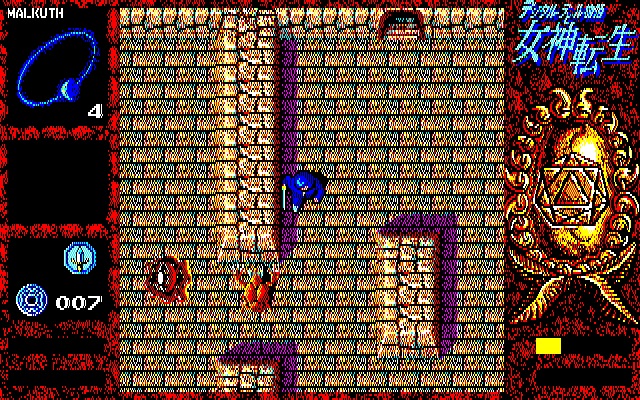
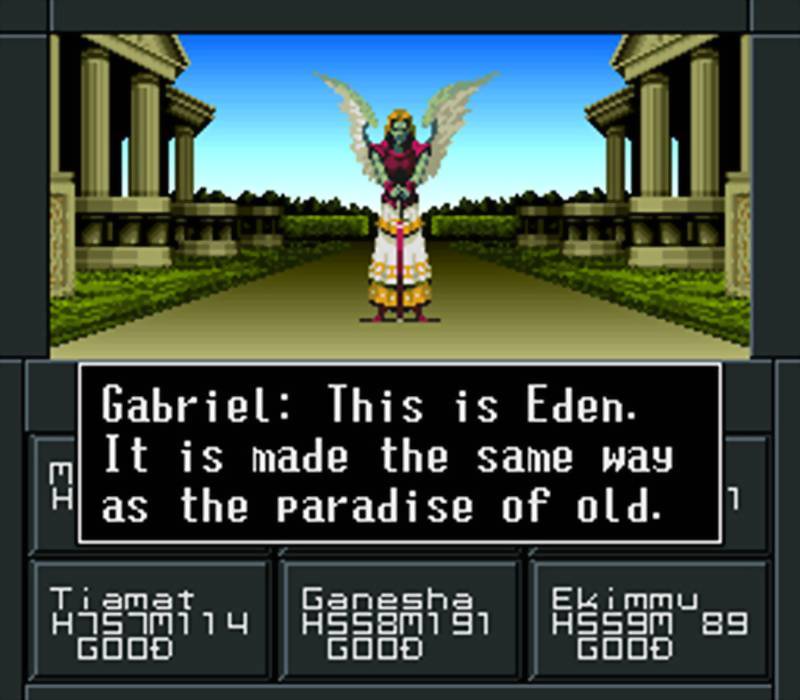

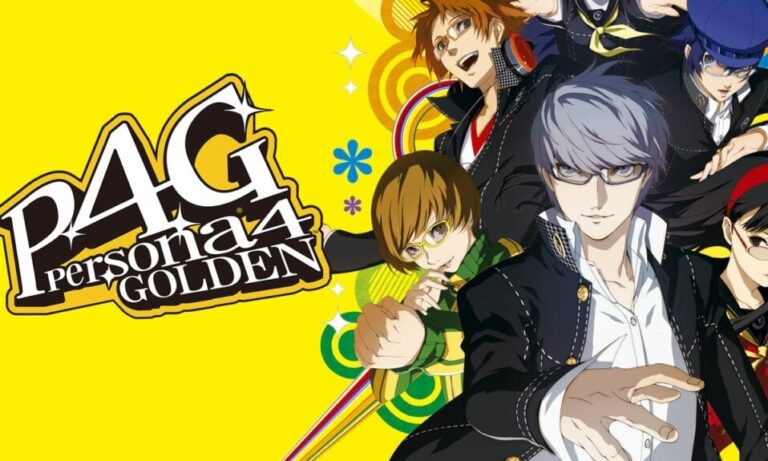
 Elements of Japanese Folklore and Beliefs in the Persona Series
Elements of Japanese Folklore and Beliefs in the Persona Series
The Persona game series, recognized worldwide, is known not only for its complex plot and interesting characters but also for its rich use of elements from Japanese folklore and mythology. Characters and motifs drawn from traditional Japanese beliefs are deeply rooted in this series, creating an incredibly colorful and culturally rich world. Both in Persona 3, 4, and 5, the game creators skillfully adapt these elements, creating unique characters that not only diversify the gameplay but also allow players to immerse themselves in the fascinating world of Japanese culture and tradition.
 Fox from Inaba (Persona 4)
Fox from Inaba (Persona 4)
In Persona 4, the Fox from Inaba plays an important role as a helper and ally. Encountered at the Tatsuhime Shrine, the fox befriends the main character and offers its services in exchange for ema, wooden wish plaques. Thanks to its magical abilities, the fox can heal the player's characters, making it a valuable ally. It is portrayed as cunning and clever, reflecting the characteristics of foxes in Japanese folklore.
Foxes are a common motif in Japanese folklore, known as kitsune - creatures with shapeshifting abilities and magical powers. They are often associated with the deity Inari, the guardian of fertility, rice, agriculture, and commerce. In Inari shrines, fox statues are often seen as messengers and servants of the deity. It is believed that kitsune have the ability to change shapes, often taking on human form, adding to their mystique and making them objects of fascination and respect in Japanese culture.


Morgana (Persona 5)


His role as a guide and teacher for the main character is reminiscent of the functions that mythological yōkai often fulfilled in legends - as beings possessing wisdom and knowledge that they could impart to humans. Interacting with Morgana allows players to better understand the richness and depth of Japanese folklore traditions while enjoying a unique and memorable character in the game world.
 Yukiko Amagi (Persona 4) – Konohana Sakuya
Yukiko Amagi (Persona 4) – Konohana Sakuya
Konohana Sakuya, the persona of Yukiko Amagi in Persona 4, draws from the rich Shinto mythology. Konohana Sakuya, known as the goddess of flowers, is one of the most significant figures in Shintoism. Seen as the spirit that protects life and fertility, she is often depicted surrounded by blooming cherry blossoms, symbolizing delicacy and ephemeral beauty. In legends, Sakuya represents new life and renewal, which is key in Japanese culture, where cherry blossoms (sakura) have symbolic significance.
In Persona 4, Konohana Sakuya is the persona of Yukiko Amagi, reflecting her personality and development in the game. Yukiko, the heiress to a traditional Japanese inn, is a character struggling with the pressure of family legacy and her own expectations for the future. Her persona, Konohana Sakuya, symbolizes this internal conflict and the desire to find her own life path.
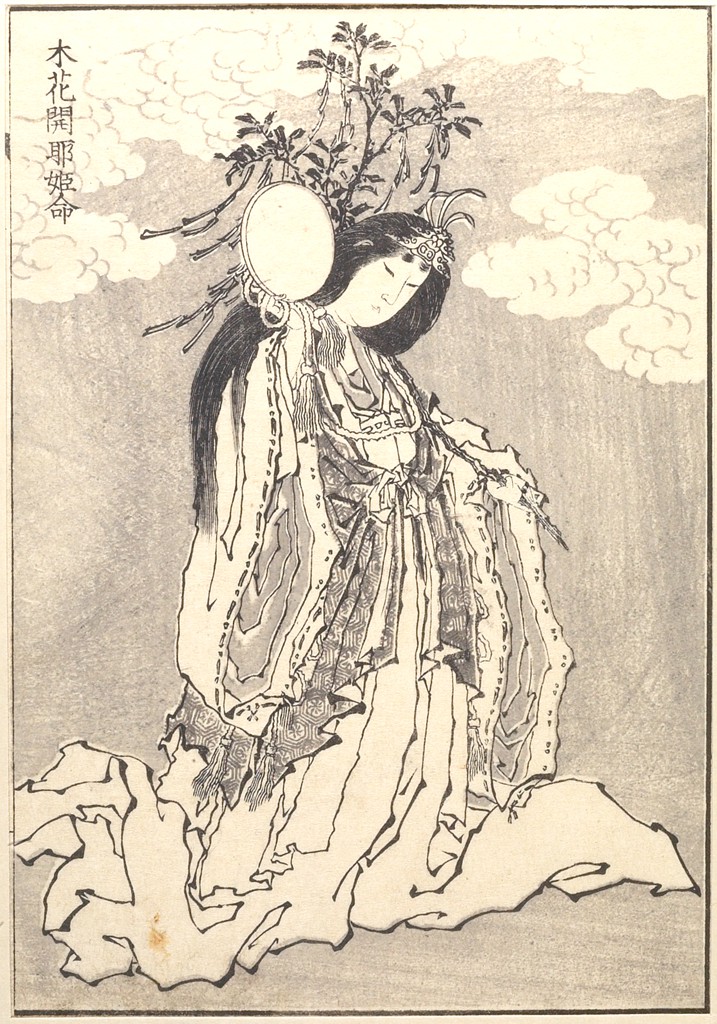
The player's interaction with Yukiko and her character development reflects the depth with which Persona 4 weaves Japanese mythology into its narrative. Through her journey, Yukiko learns how to reconcile tradition and modernity, a significant theme in Japanese culture. Her persona, Konohana Sakuya, becomes a symbol of this transformation, merging ancient beliefs with contemporary challenges.
 Izanagi (Persona 4)
Izanagi (Persona 4)
Izanagi in Persona 4 is the main persona of the protagonist, representing his inner strength and determination. In the game, Izanagi has an imposing, combative appearance with elements of traditional Japanese armor and a long coat, connecting to his mythological image as a powerful god. As a persona, Izanagi possesses abilities related to electricity and darkness, symbolizing the creative and regenerative power that is key to the hero's process of discovering the truth.
 Amaterasu (Persona 4)
Amaterasu (Persona 4)
Amaterasu in Shintoism is the most important goddess, embodying the sun and the universe. Considered the ancestor of the Japanese imperial family, she is a dignified and luminous figure, a central part of the Japanese pantheon of deities. In legends, her significance as a source of light and life is undeniable. In Persona 4, Amaterasu is depicted as a majestic persona, reflecting her status as the sun goddess with bright colors and shining elements. In the game, she offers strong healing and support abilities, corresponding to her mythological role as a caretaker and source of life. Her presence in the game emphasizes themes of enlightenment and spiritual guidance, which are key in Japanese culture and Shinto beliefs.
 Susano-o (Persona 4)
Susano-o (Persona 4)
In Japanese mythology, Susano-o is known as the rebellious god of storms and the sea, brother to the sun goddess Amaterasu. He is famous in legends for defeating the monster Yamata no Orochi and saving Princess Kushinada, highlighting his heroic and untamed character. In Persona 4, Susano-o is depicted as a strong warrior with a wild appearance, echoing his mythological image. His persona specializes in wind abilities and physical attacks, reflecting the tumultuous nature of his character from Japanese myths.
 Take-Mikazuchi (Persona 4)
Take-Mikazuchi (Persona 4)
In Shintoism, Take-Mikazuchi is recognized as the god of thunder and war. His character is associated with the legend of conquering the lands of the Izumo province and his role as a guardian and defender. In Persona 4, Take-Mikazuchi is depicted as a character with a thunderous presence, with elements reminiscent of lightning. His power in the game, focusing on electric abilities and physical attacks, reflects his mythological role as a powerful god of storms and a warrior.
 Goro Akechi (Persona 5)
Goro Akechi (Persona 5)
Goro Akechi in Persona 5 references the historical figure Akechi Mitsuhide, a samurai from the Sengoku period, signifying a connection to Japan's deep history and its influence on contemporary narratives.
 Velvet Room (Persona 5)
Velvet Room (Persona 5)
The Velvet Room in Persona 5, despite its European decor, has a concept close to Japanese ideas of destiny and determinism. Its inhabitants and their roles reflect Shinto and Buddhist concepts of fate.
 Full Moon Operations (Persona 3)
Full Moon Operations (Persona 3)
In Persona 3, operations during the full moon are linked to traditional Japanese beliefs about the moon, often seen as a source of power and mysticism.
 Nekomata (Persona 3)
Nekomata (Persona 3)
Nekomata, appearing as a persona in Persona 3, is directly related to Japanese legends of cat yōkai, capable of transforming into humans and possessing magical powers.
 Chie Satonaka (Persona 4) – Tomoe Gozen
Chie Satonaka (Persona 4) – Tomoe Gozen
The persona of Chie Satonaka, Tomoe Gozen, refers to the famous female samurai warrior from Japanese history, reflecting her combative spirit.
 Yusuke Kitagawa (Persona 5) – Goemon
Yusuke Kitagawa (Persona 5) – Goemon
The persona of Yusuke Kitagawa, Goemon, is inspired by the legendary figure Ishikawa Goemon, Japan's "Robin Hood," reflecting his sense of justice.
 Naoto Shirogane (Persona 4) – Yamato Takeru
Naoto Shirogane (Persona 4) – Yamato Takeru
Naoto Shirogane's persona, Yamato Takeru, in Persona 4 is based on the legendary Japanese hero known for his bravery and cunning. His story reflects themes of honor, courage, and ingenuity typical in Japanese folklore.
 Teddie (Persona 4) – Kintoki-Douji
Teddie (Persona 4) – Kintoki-Douji
In Persona 4, the character Teddie, in his human form, references Kintaro, known as Kintoki-Douji, a popular figure in Japanese folk tales, renowned for his superhuman strength and heroism.
 Okuninushi (Persona 4)
Okuninushi (Persona 4)
In Shinto mythology, Okuninushi is the god of medicine and magic, known for his wisdom and healing abilities. In Persona 4, Okuninushi is depicted as a powerful persona whose healing abilities and magical support mirror his mythological image as a guardian and healer.
 Izanami (Persona 4)
Izanami (Persona 4)
Izanami in Shinto mythology is the goddess of creation and death, often associated with the beginnings of the world and tragic stories. In Persona 4, Izanami appears as a key character in the plot, representing the forces of life and death, reflecting her multifaceted role in Japanese beliefs.
 Kaguya (Persona 4)
Kaguya (Persona 4)
The character of Kaguya in the game draws from the Japanese folk tale "The Tale of the Bamboo Cutter." In the game, Kaguya is depicted as an ethereal and mysterious persona, possessing strong abilities related to the moon and light, echoing her legendary origin.
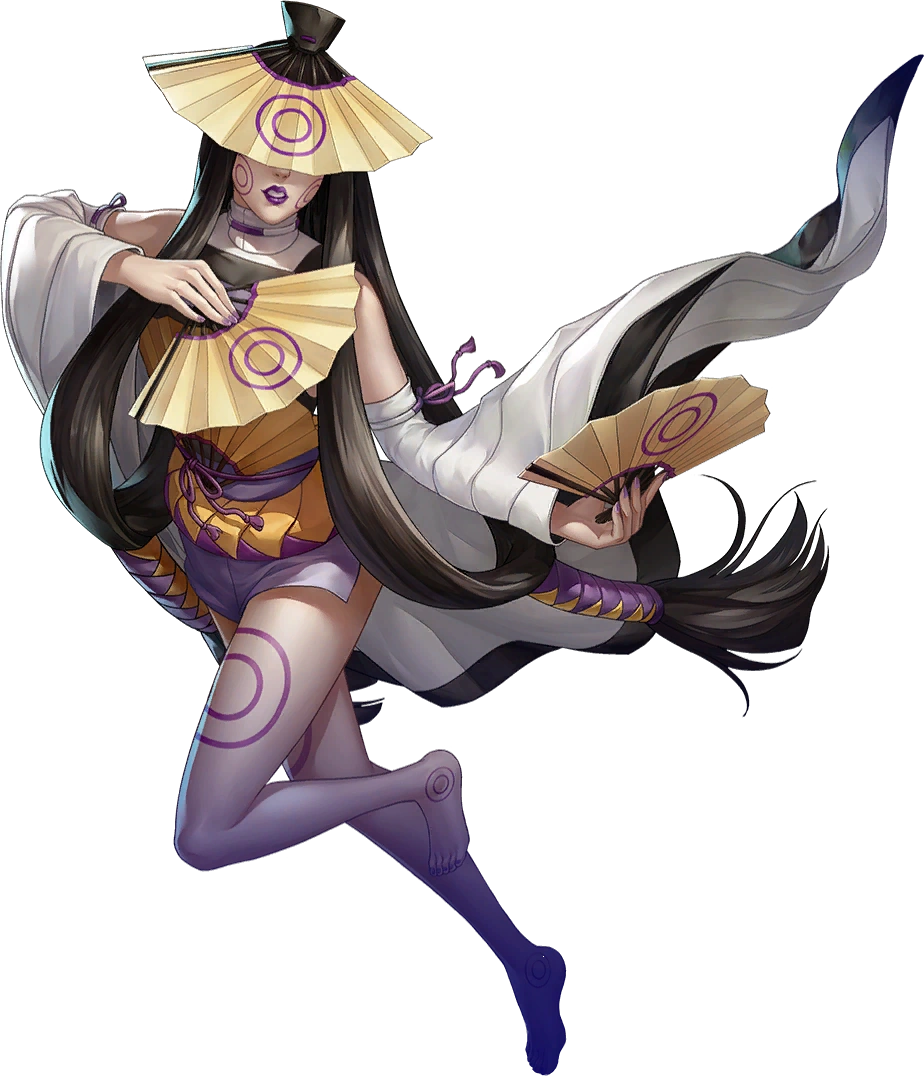
Ame-no-Uzume, the Shinto goddess of joy and dance, is known for enlivening other deities with her cheerful spirit. In Persona 4, her persona reflects these traits, possessing abilities that energize and boost the team, mirroring her role as the goddess of joy.
 Yoshitsune (Persona 5)
Yoshitsune (Persona 5)
Yoshitsune is a historical figure and samurai legend, known for his martial skills and honorable life. His persona in Persona 5 represents these traits as a strong warrior, reflecting his status as one of the greatest heroes in Japanese history.
 Futsunushi (Persona 5)
Futsunushi (Persona 5)
In Shintoism, Futsunushi is the god of swords and war, often associated with courage and heroic battle. In Persona 5, his persona possesses powerful combat abilities, reflecting his mythological role as a deity of warfare.
 Yatagarasu (Persona 4)
Yatagarasu (Persona 4)
The three-legged crow, Yatagarasu, in Shintoism is a symbol of divine guidance and intervention. In Persona 4, Yatagarasu appears as a persona with inspiring abilities, reflecting his role as a guide and messenger of the gods.
 Ongyo-Ki (Persona 3)
Ongyo-Ki (Persona 3)
Ongyo-Ki, based on a yōkai from Japanese folklore, is known for its ability to hide and its mystique. In the game, its persona utilizes these traits, specializing in camouflage techniques and mysterious abilities.
 Byakko (Persona 4)
Byakko (Persona 4)
Byakko, one of the four heavenly spirits in Japanese mythology, symbolizes strength and courage. In Persona 4, Byakko is depicted as a powerful persona, whose abilities reflect its mythological status as a guardian and defender.
Throughout the Persona series, numerous references to Japanese folklore and mythology appear, from Shinto gods and goddesses, through legendary historical figures, to ethereal yōkai and spirits. This mix of traditional beliefs with modern gameplay not only enriches the player's experience but also pays homage to Japan's rich and layered culture. Introducing these elements into the world of gaming allows for a deeper understanding and appreciation of Japanese traditions, while offering unforgettable and unique experiences in the virtual world of Persona.
Shin Megami Tensei – Modernizing Japanese Mythology
Players of the Persona series often express fascination and interest in the application of Japanese folklore and mythology in games. Many emphasize how learning about the mythological characters and stories woven into the game's narrative has allowed them to gain a deeper understanding of Japanese culture. Comments in gaming communities, such as online forums or discussion groups, often indicate that both the characters and the mythological themes are some of the most memorable and appreciated aspects of the series.

The Persona series stands out among other games that use mythological elements, such as God of War or Assassin's Creed, through its unique combination of a modern setting and deep immersion in traditional Japanese mythology. Unlike these series, which focus on Greek, Norse, or Egyptian mythology in a more literal and historical context, Persona creates a more abstract and symbolic world where modern life and ancient myths coexist.
Persona has had a significant impact on how Japanese mythology is perceived internationally. The game, being popular worldwide, has contributed to increasing interest and awareness of Japanese culture and beliefs. This, in turn, leads to wider recognition and appreciation of the richness and complexity of Japanese cultural heritage, which goes beyond the stereotypical perception of Japan solely through the lens of its modernity and technology.
"Strong Japanese Women"
see book by the author
of the page
未開 ソビエライ
An enthusiast of Asian culture with a deep appreciation for the diverse philosophies of the world. By education, a psychologist and philologist specializing in Korean studies. At heart, a programmer (primarily for Android) and a passionate technology enthusiast, as well as a practitioner of Zen and mono no aware. In moments of tranquility, adheres to a disciplined lifestyle, firmly believing that perseverance, continuous personal growth, and dedication to one's passions are the wisest paths in life. Author of the book "Strong Women of Japan" (>>see more)
Personal motto:
"The most powerful force in the universe is compound interest." - Albert Einstein (probably)
Mike Soray
(aka Michał Sobieraj)
未開 ソビエライ
An enthusiast of Asian culture with a deep appreciation for the diverse philosophies of the world. By education, a psychologist and philologist specializing in Korean studies. At heart, a programmer (primarily for Android) and a passionate technology enthusiast, as well as a practitioner of Zen and mono no aware. In moments of tranquility, adheres to a disciplined lifestyle, firmly believing that perseverance, continuous personal growth, and dedication to one's passions are the wisest paths in life. Author of the book "Strong Women of Japan" (>>see more)
Personal motto:
"The most powerful force in the universe is compound interest." - Albert Einstein (probably)
Mike Soray
(aka Michał Sobieraj)
Write us...
Ciechanów, Polska
dr.imyon@gmail.com
___________________
inari.smart
Would you like to share your thoughts or feedback about our website or app? Leave us a message, and we’ll get back to you quickly. We value your perspective!
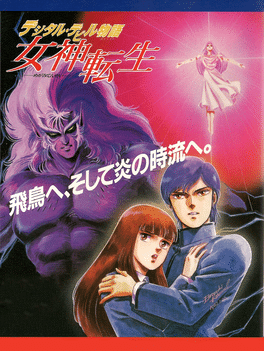 Among Gods and Demons - The Journey of the Shin Megami Tensei Series
Among Gods and Demons - The Journey of the Shin Megami Tensei Series
 Elements of Japanese Folklore and Beliefs in the Persona Series
Elements of Japanese Folklore and Beliefs in the Persona Series Fox from Inaba (Persona 4)
Fox from Inaba (Persona 4)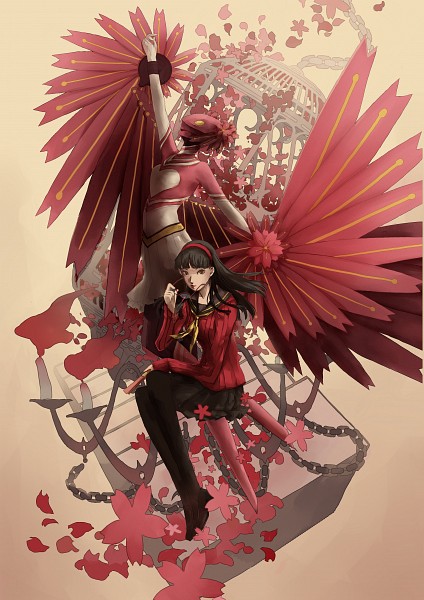 Yukiko Amagi (Persona 4) – Konohana Sakuya
Yukiko Amagi (Persona 4) – Konohana Sakuya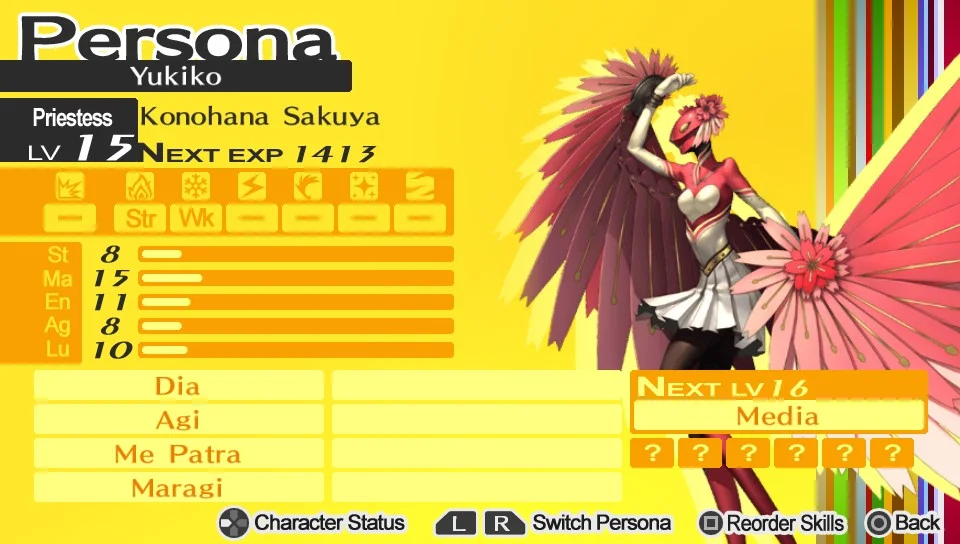
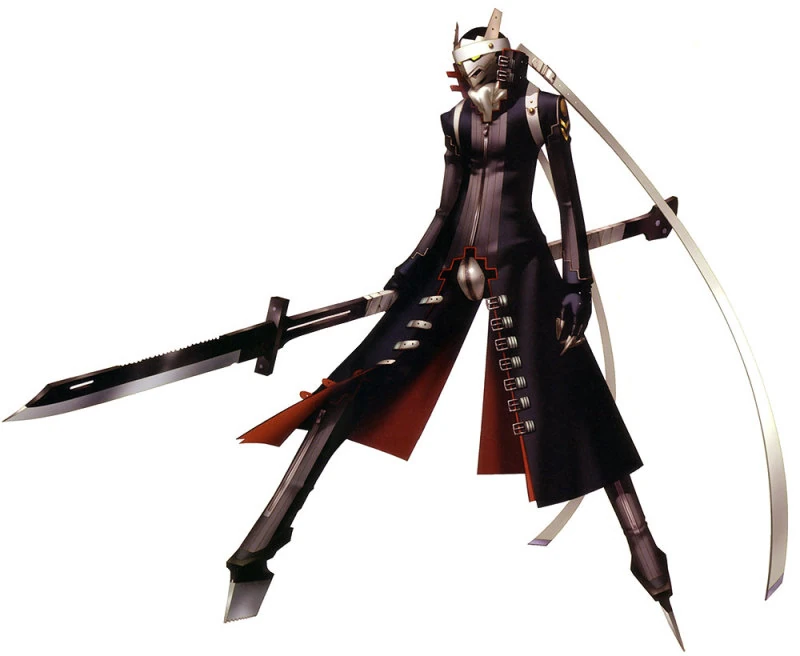 Izanagi (Persona 4)
Izanagi (Persona 4)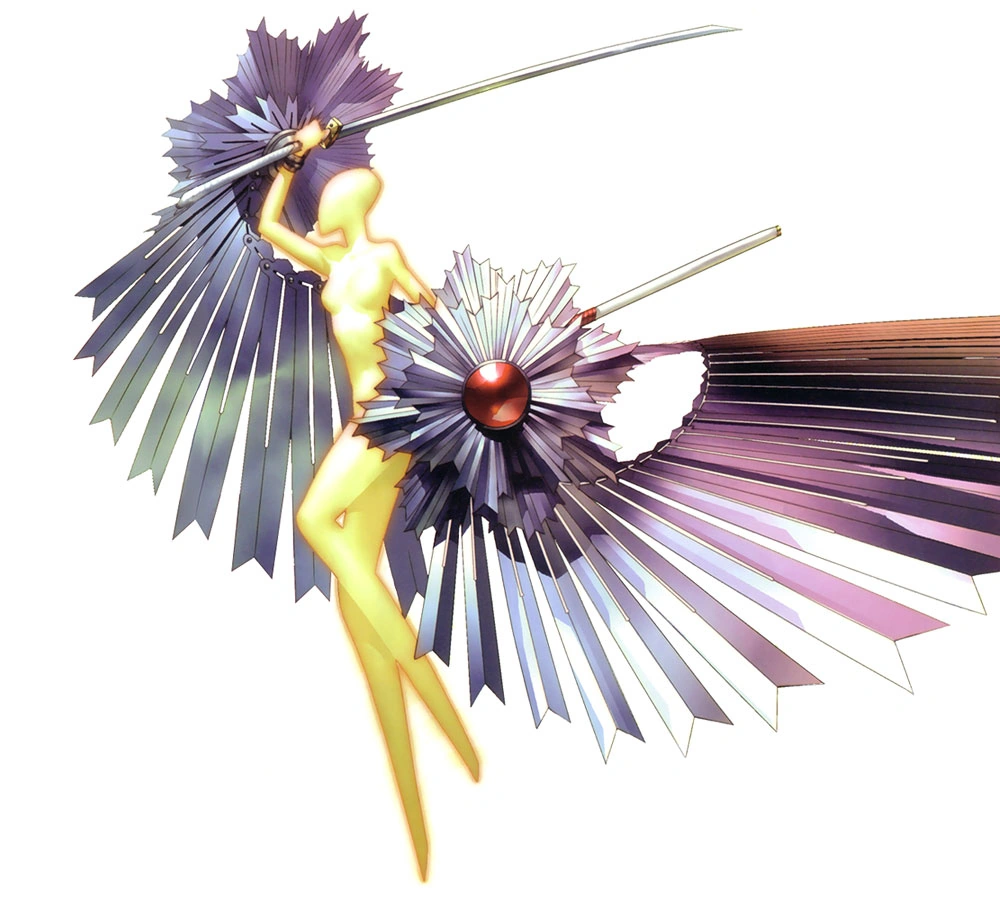 Amaterasu (Persona 4)
Amaterasu (Persona 4)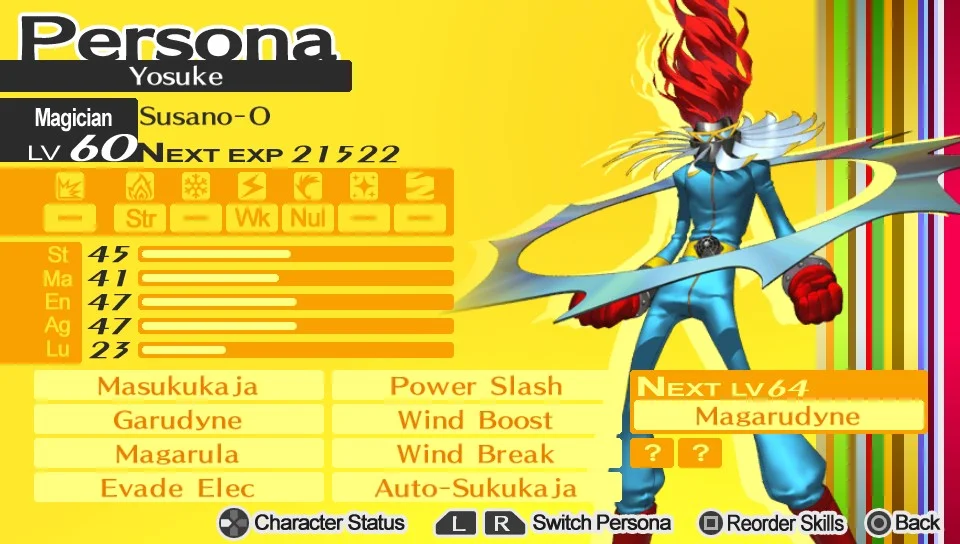 Susano-o (Persona 4)
Susano-o (Persona 4) Take-Mikazuchi (Persona 4)
Take-Mikazuchi (Persona 4)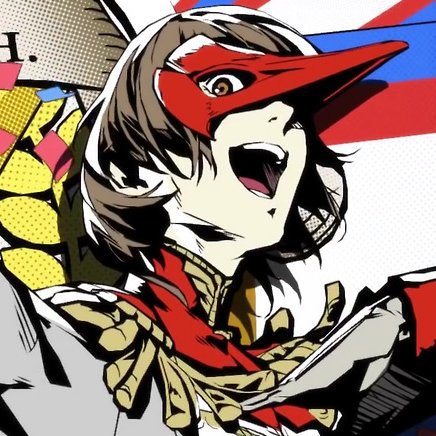 Goro Akechi (Persona 5)
Goro Akechi (Persona 5) Velvet Room (Persona 5)
Velvet Room (Persona 5) Full Moon Operations (Persona 3)
Full Moon Operations (Persona 3)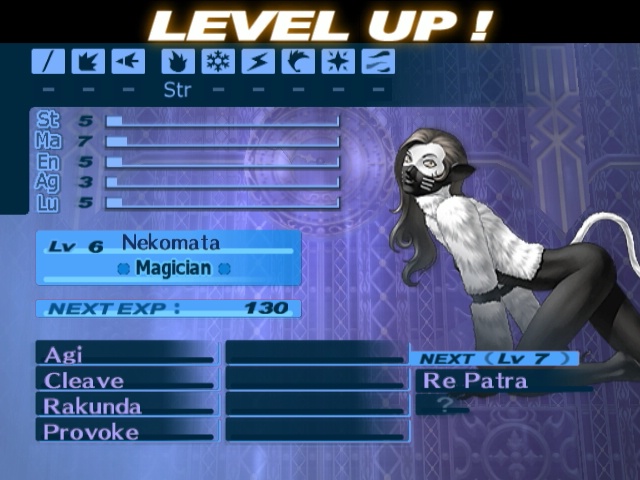 Nekomata (Persona 3)
Nekomata (Persona 3)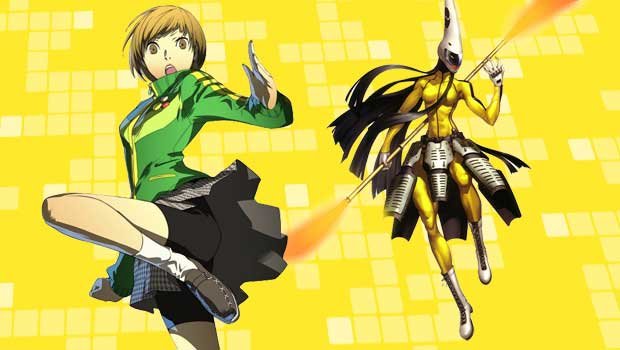 Chie Satonaka (Persona 4) – Tomoe Gozen
Chie Satonaka (Persona 4) – Tomoe Gozen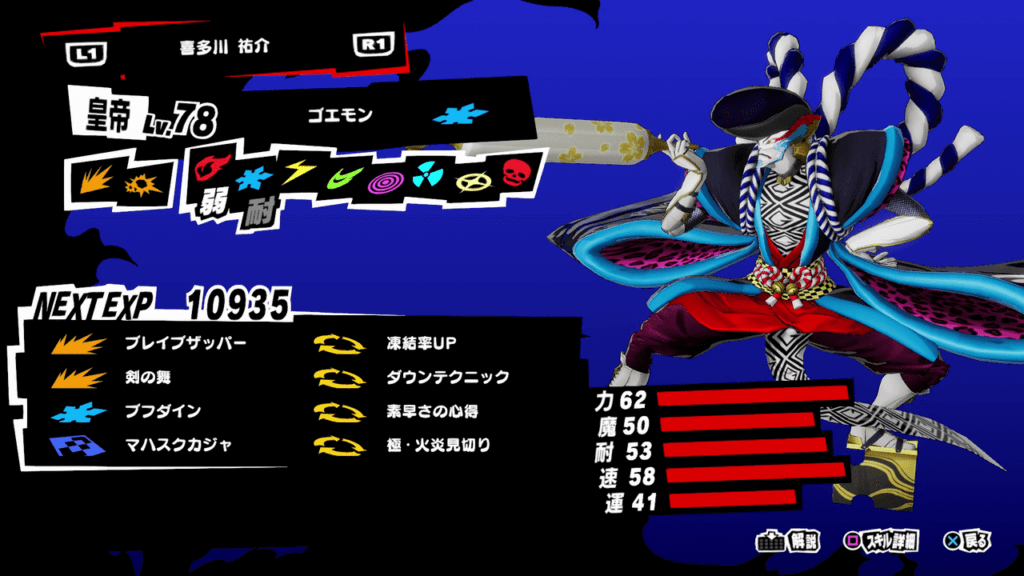 Yusuke Kitagawa (Persona 5) – Goemon
Yusuke Kitagawa (Persona 5) – Goemon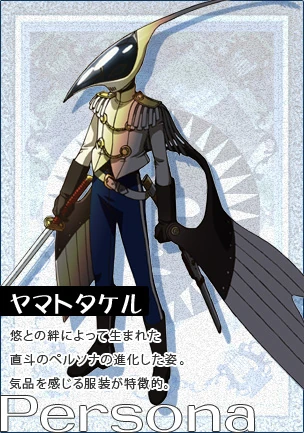 Naoto Shirogane (Persona 4) – Yamato Takeru
Naoto Shirogane (Persona 4) – Yamato Takeru Teddie (Persona 4) – Kintoki-Douji
Teddie (Persona 4) – Kintoki-Douji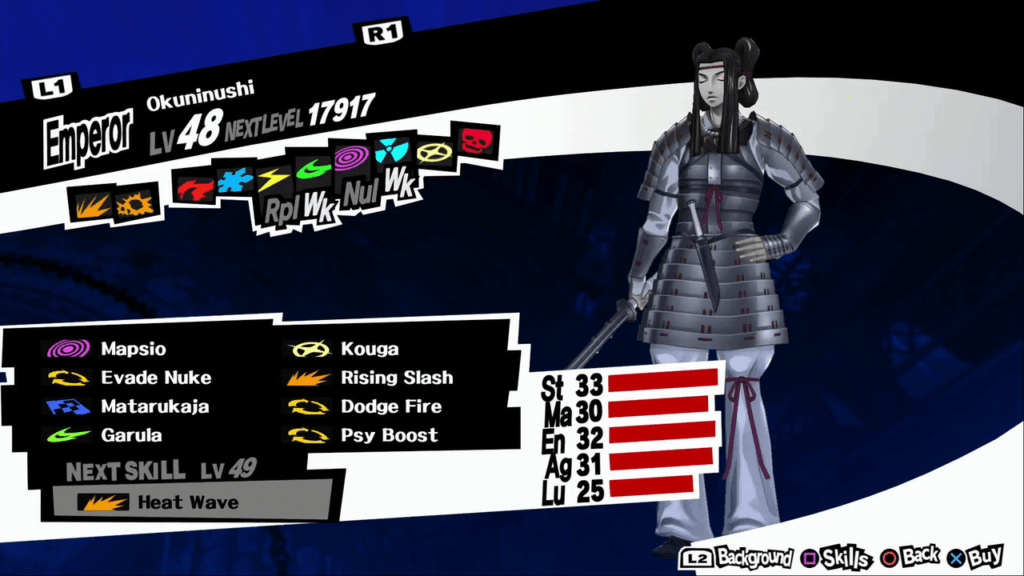 Okuninushi (Persona 4)
Okuninushi (Persona 4) Izanami (Persona 4)
Izanami (Persona 4)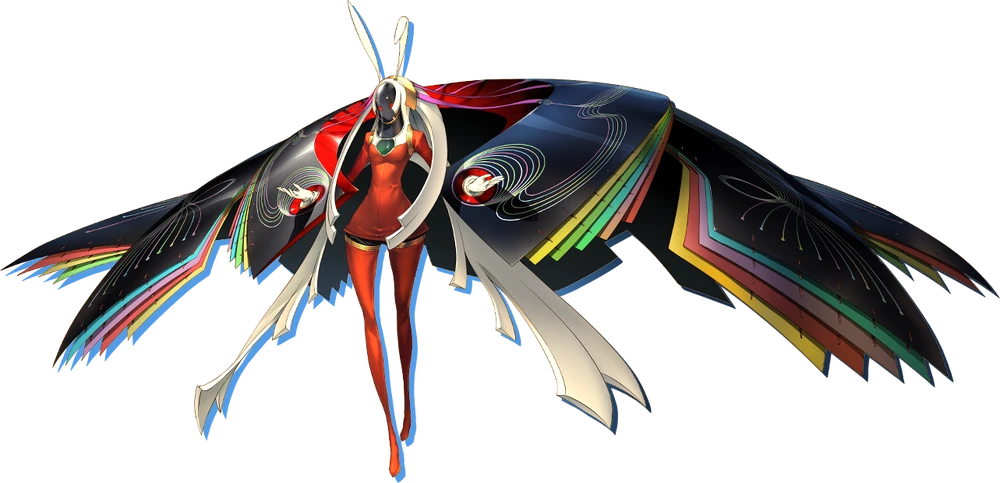 Kaguya (Persona 4)
Kaguya (Persona 4)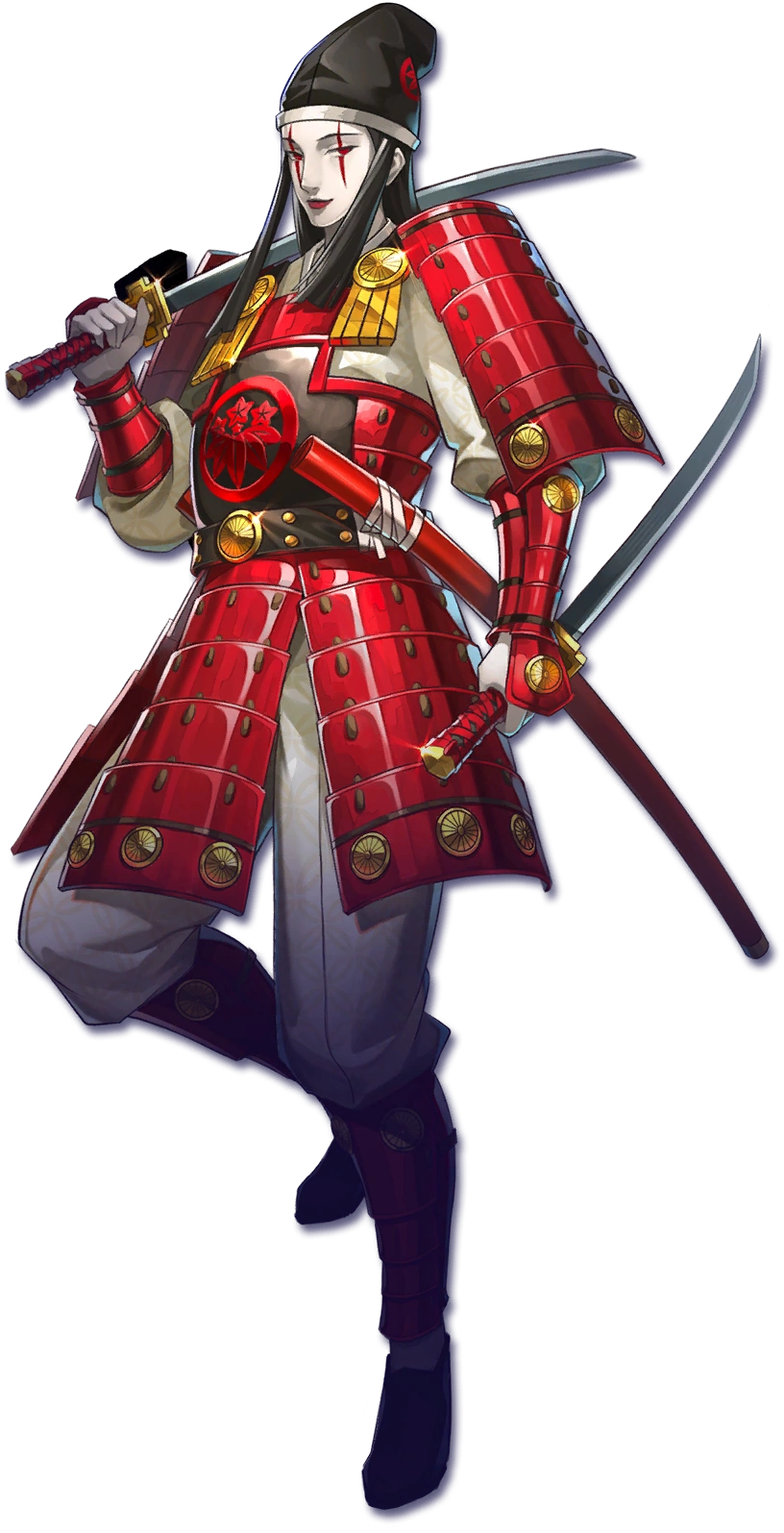 Yoshitsune (Persona 5)
Yoshitsune (Persona 5)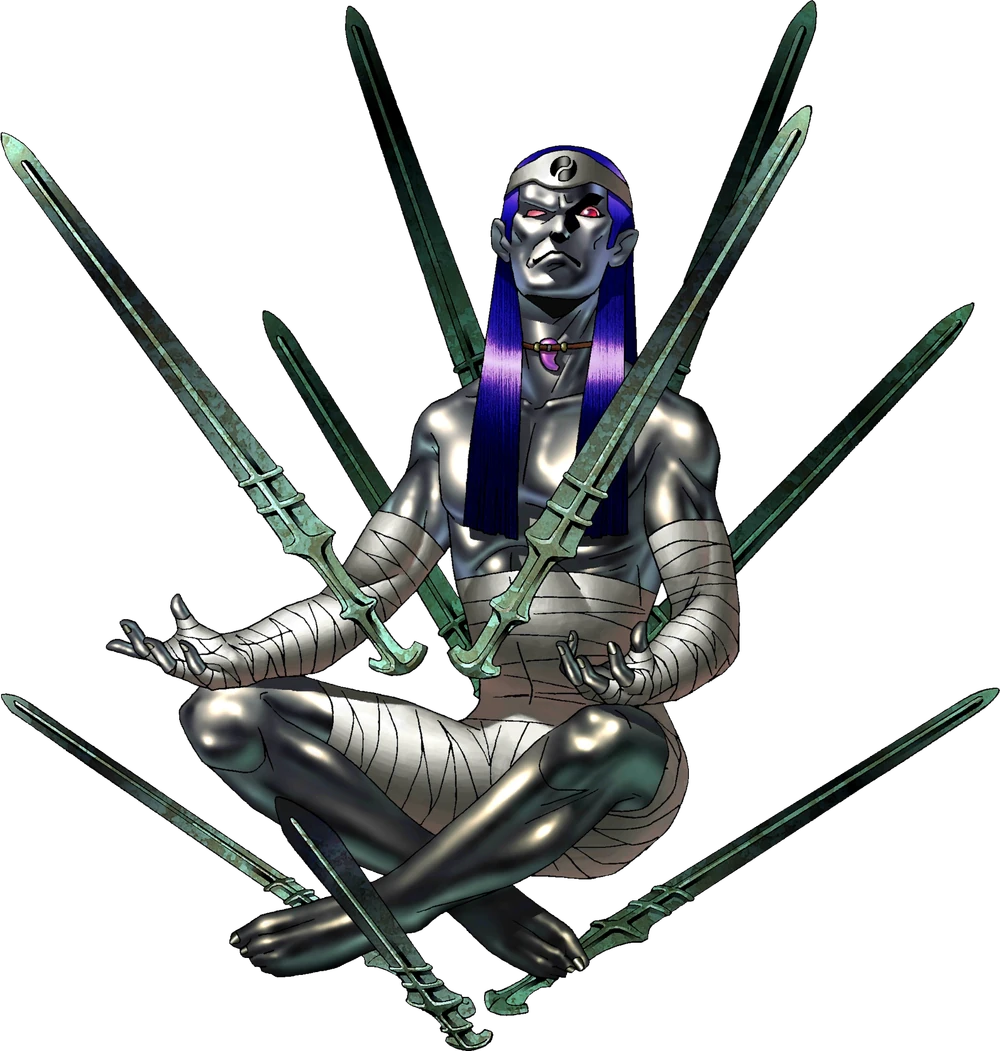 Futsunushi (Persona 5)
Futsunushi (Persona 5)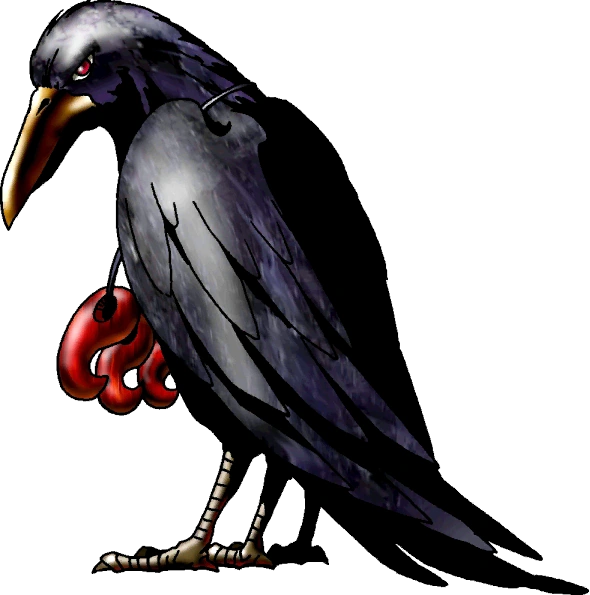 Yatagarasu (Persona 4)
Yatagarasu (Persona 4)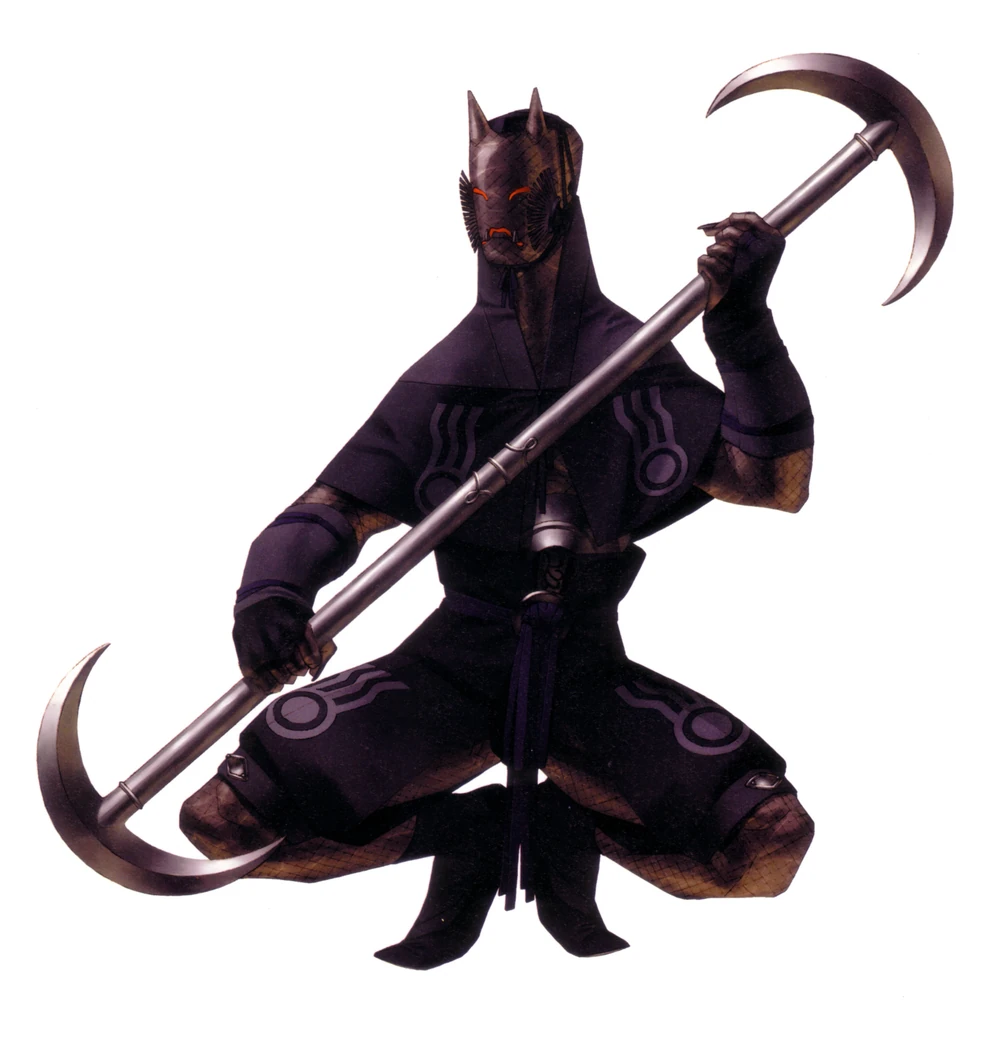 Ongyo-Ki (Persona 3)
Ongyo-Ki (Persona 3)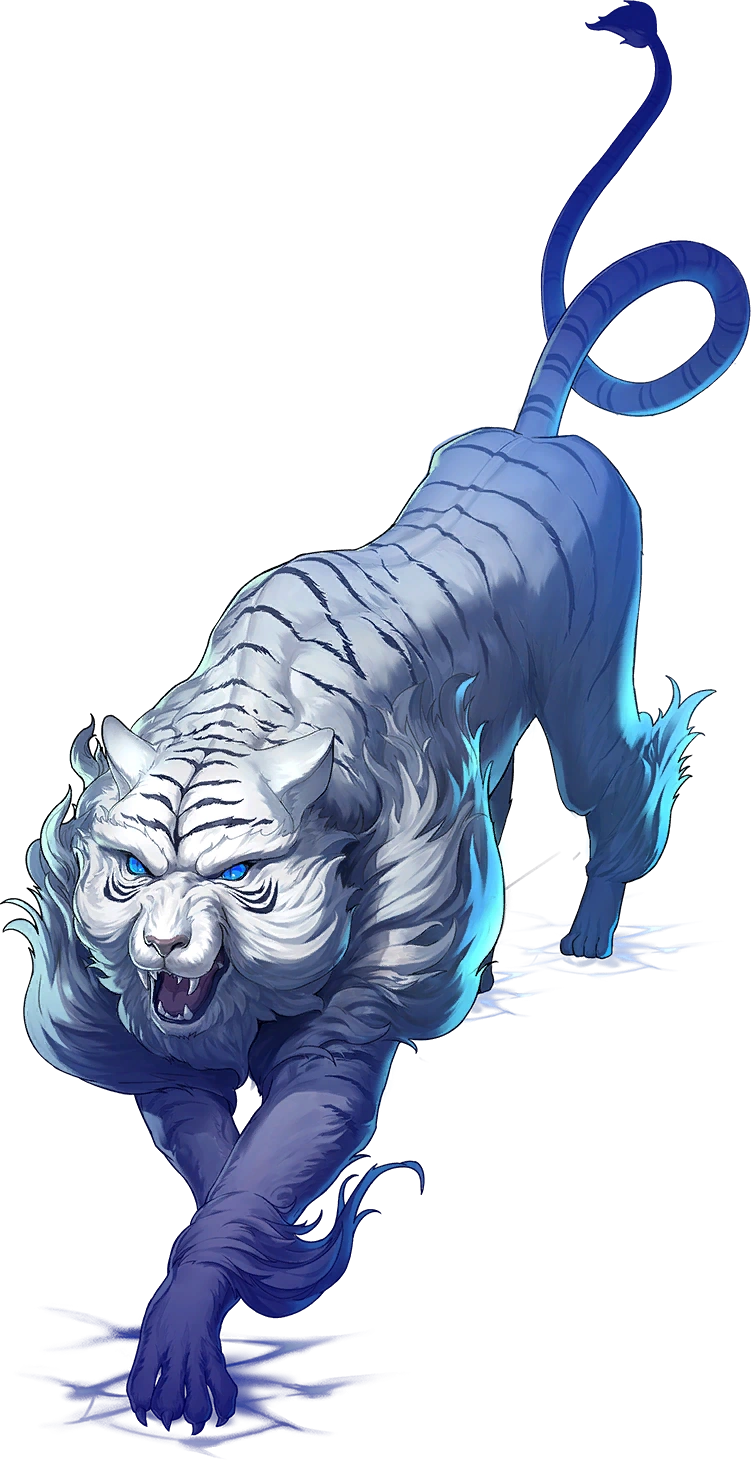 Byakko (Persona 4)
Byakko (Persona 4)


